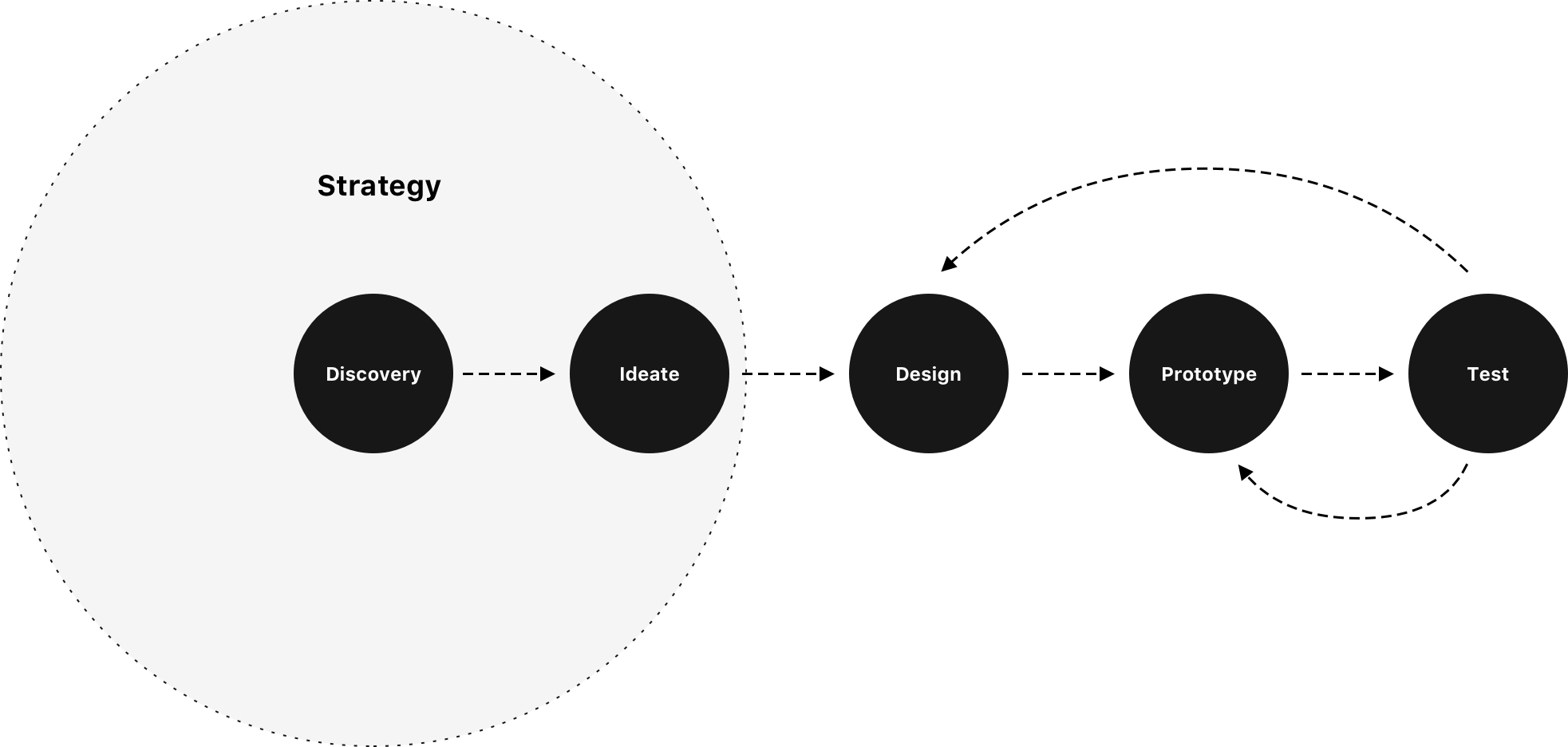UX Design
UX (User Experience) design is the process of designing digital products that provide a seamless and delightful experience for users by considering all aspects of their interaction with the product to ensure it meets their needs and expectations.

What is UX Design?
UX (User Experience) design is the process of designing digital products that provide a seamless and delightful experience for users, with the goal of enhancing their satisfaction and loyalty.
UX designers consider all aspects of the user’s interaction with a product, including the visual design, navigation, content, and functionality, to ensure that the product meets the user’s needs and expectations. The UX design process involves research, analysis, ideation, prototyping, testing, and refinement, with the goal of creating a user-centered design that is efficient, effective, and enjoyable to use.
The goal of UX design is to create a product that is useful, usable, and desirable for the target audience, while also achieving business goals. A well-designed UX can lead to higher user engagement, satisfaction, and loyalty, and can ultimately drive business success.

Why is UX Design important?
UX design is important because it directly affects how users perceive and interact with a digital product. A well-designed UX can lead to higher user satisfaction, engagement, and loyalty, while a poor UX can result in frustration, confusion, and user abandonment. By focusing on the needs and expectations of users, UX design can help to create digital products that are effective, efficient, and enjoyable to use, leading to increased user engagement and potentially, greater business success.
What are some resources to learn more about UX Design?
There are many resources available to learn more about UX design. Here are some suggestions:
- Online courses: There are many online courses available on UX design, ranging from beginner to advanced levels. Websites such as Coursera, Udemy, and Skillshare offer a variety of courses taught by industry professionals.
- Design blogs and websites: There are many design blogs and websites that cover UX design topics, such as Nielsen Norman Group, UX Collective, and Smashing Magazine. These resources provide a wealth of information on UX design trends, best practices, and case studies.
- Books: There are many books available on UX design, such as “Don’t Make Me Think” by Steve Krug and “The Elements of User Experience” by Jesse James Garrett. These books provide valuable insights into UX design principles and best practices.
- UX design tools: There are many UX design tools available, such as Sketch, Figma, and Adobe XD, that provide designers with the necessary tools to create UX designs. These tools often provide tutorials, resources, and support to help designers learn and improve their skills.
- Design communities: There are many online communities and forums where designers can connect, share ideas, and get feedback on their work. Websites such as Dribbble, Behance, and Designer News provide opportunities for designers to showcase their work and get inspiration from others.
- UX design conferences and workshops: Attending UX design conferences and workshops can provide valuable learning opportunities and help to improve one’s UX design skills. Conferences such as UXPA International and Interaction Design Foundation provide opportunities to learn from industry leaders and connect with other designers.
These are just a few resources available to learn more about UX design. By taking advantage of these resources and continually learning and improving one’s skills, designers can create digital products that are more effective, efficient, and enjoyable to use for their target audience.



